visual note-taking
You've probably seen them around every time a creative conference ends: beautifully hand drawn notes that summarize big ideas using simple visuals. If you're anything like me, you've wondered how on Earth anyone can create such a detailed graphic during the few minutes that the speaker spilled knowledge into the world. As it turns out, this form of note-taking only comes "naturally" to you after cultivating a strong visual library and some essential drawing skills.
While most experts say that pretty much anyone can learn this technique, it will require some effort and preparation on your part. In this article, I'll share 50 of the best resources that I've found in my own path to learn about visual note-taking, graphic recording and sketchnoting — which are all somewhat related.
What is visual note-taking?
Visual notes are graphic outlines that help us record and learn new information. According to Mike Rohde, author of one of the most well-known handbooks in this area, sketchnotes are a form of visual note-taking that aims to capture big ideas using a combination of text, images and other graphic elements.
What can it be used for?
Visual note-taking can help you clarify, learn and share information for a wide variety of uses. These are some of the most popular applications for visual notes:
To document personal experiences and reflect on them later.
Creatives who engage in this practice collect their visual notes as a diary. They carry around and work on sketchbooks where thoughts and daily activities are recorded for later reflection. In the example below, illustrator Reg Silvarecorded key lessons from her trip to Japan:

These visual notes can be created to share with attendees after the event or for your personal learning process. Many creatives champion the personal use of sketchnotes to summarize conference proceedings, while others have built an entire practice around something known as "Graphic Recording". Graphic Recording implies "capturing everyone’s most salient points and making them stick", as described by experts at ImageThink.
This graphic by visual consultancy Think in Colour summarizes the main idea behind Graphic Recording:
Taking it one step further, Graphic Facilitation adds a nimble graphic artist that captures the main points being discussed in real time. Graphic facilitators are usually visible to the entire audience within a conference, and become an essential part of the dialog.
Our very own Head of Design, Gerren Lamson, has created visual notes to collect the main lessons in some of the conferences that he has attended:
To create innovative marketing pieces like hand-drawn emails.
Sometimes that hand drawn feel can break through the clutter of so many screens and perfectly kerned typefaces. Marketers and designers constantly use visual notes to communicate messages. Think Clearly, for example, sends out a weekly handwritten email newsletter crafted by founder Mathias Jakobsen.
To drive engagement in business meetings and coaching sessions.
As described above, a graphic facilitator can assist in the creation of an engaging visual recap in different kinds of events. Internal meetings are also great spaces where this form of visual note-taking can add value. In the example below, Lane Change Consulting recorded the discussion that took place at The League of Innovative Schools' Spring Meeting.
To build storyboards for all kinds of design projects.
Drawing skills are an incredibly useful asset for UX design, especially when you incorporate low-fidelity prototyping to your process. Being able to sketch clear storyboards quickly (and share them to obtain feedback) is a key timesaver when trying to design empathetic user experiences. Designer Kevin Thorn, from NuggetHead Studioz, created this sketchnote to defend the use of hand drawn storyboards early in the design process.
To explain an existing idea.
Sometimes visual notes are used outside of the live context of a meeting or conference, and aim to capture existing ideas instead. All you need is an interesting topic and a body of information/text that you can summarize. Designers over at In A Nutshell created this sketchnote of a book summary.
To brainstorm and mindmap freely.
Right brain thinkers might find an essential brainstorming tool in visual note-taking. If you count yourself among the visual learners, try letting your ideas flow on a blank piece of paper. Use as many symbols as you can and avoid relying on large chunks of text. If you need more guidance, use this infographic by Tobias Lunchbreath for Core77.com.
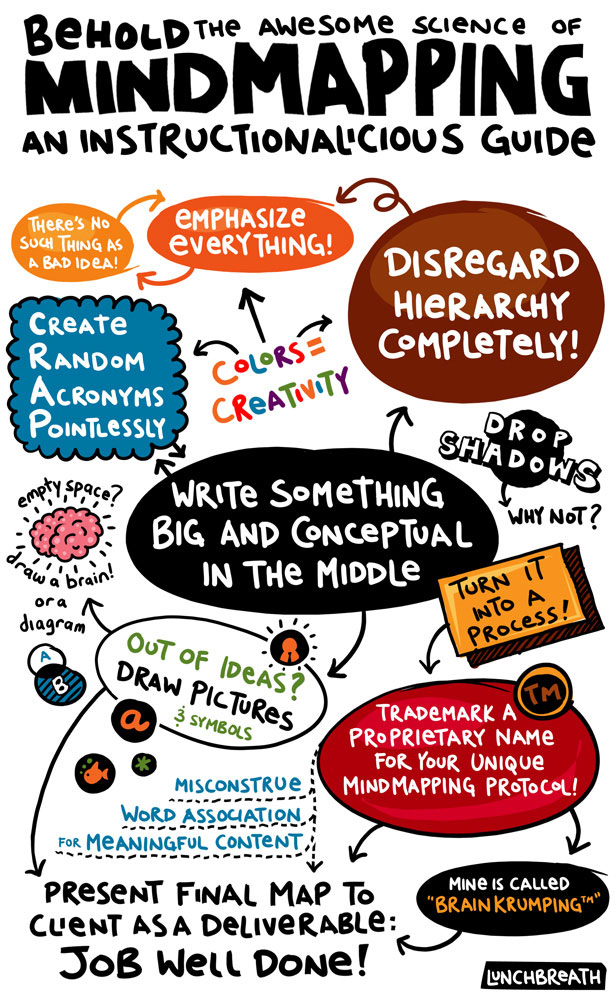
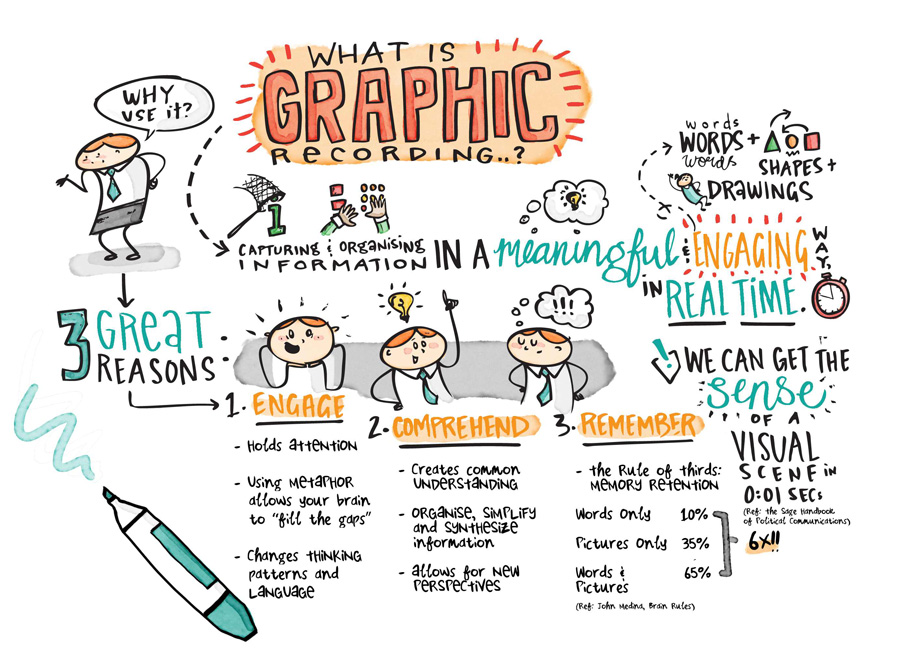
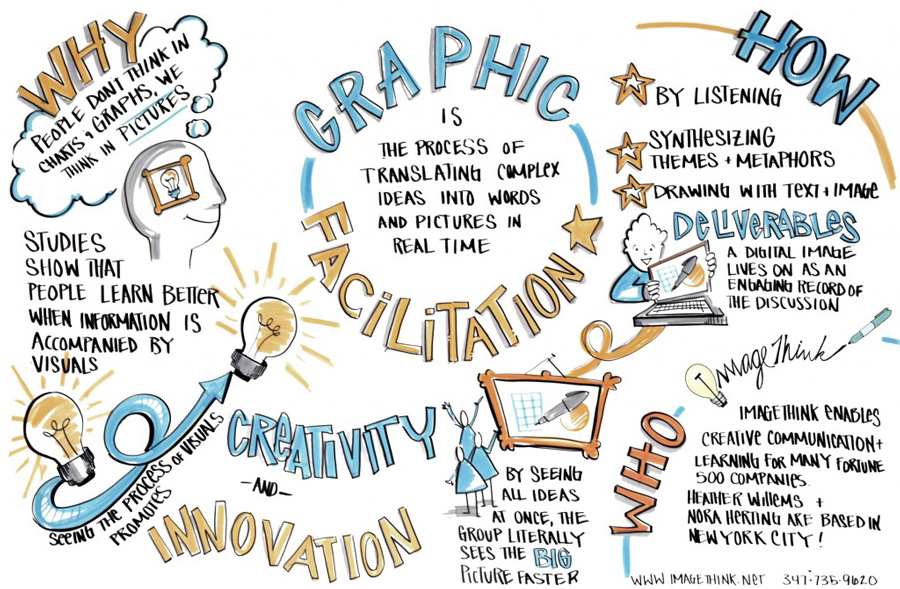
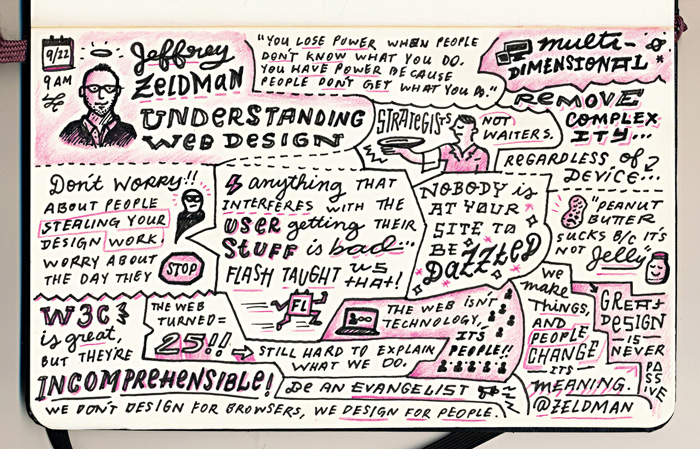
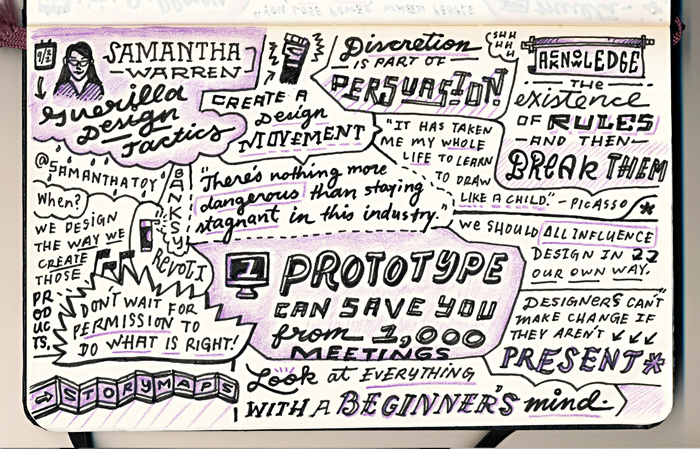

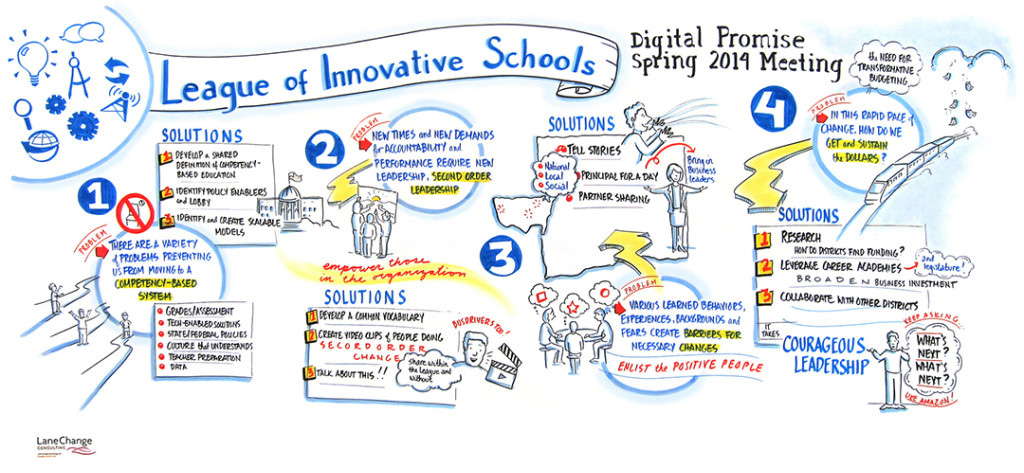
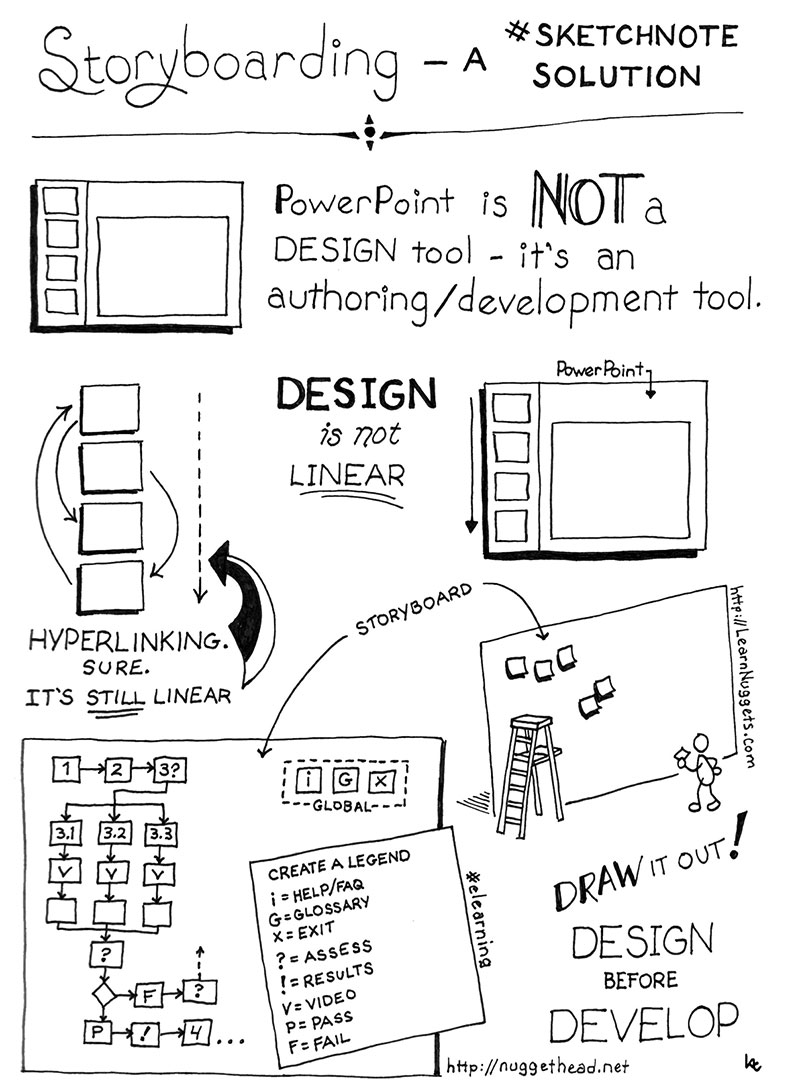

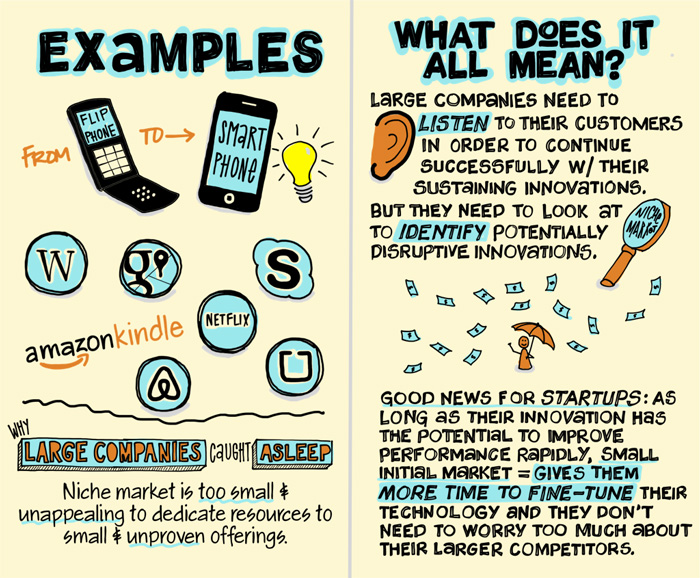









No comments:
Post a Comment
Note: Only a member of this blog may post a comment.